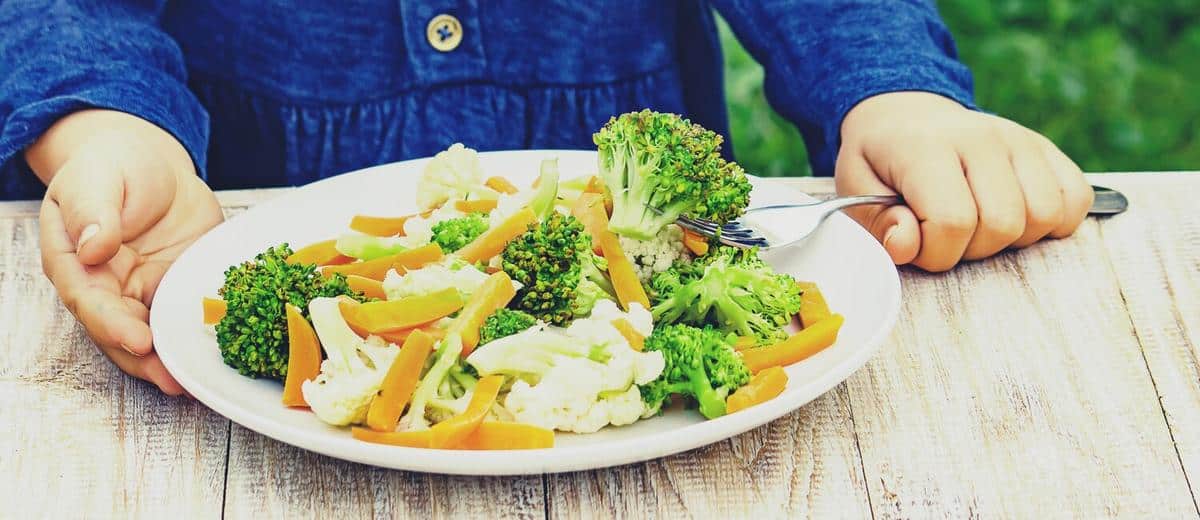
How to Build a Balanced Meal: The Plate Method Explained
Crafting a balanced meal that satisfies both nutrition needs and taste buds can often feel like a culinary puzzle. However, the Plate Method offers a simple and effective solution to help you create meals that are both healthy and enjoyable.
Understanding the Plate Method
The Plate Method is a visual guide that simplifies meal planning by dividing your plate into specific sections: half for vegetables and fruits, a quarter for proteins, and a quarter for grains. This method, endorsed by many health experts, helps ensure a balanced intake of nutrients.
Expert Insights
Dr. Michael Greger, a renowned nutrition expert, advocates for whole foods and plant-based diets. He highlights, “Filling half your plate with a variety of colorful vegetables and fruits can significantly boost your intake of essential vitamins and minerals.” This approach aligns with dietary guidelines that emphasize the importance of plant-based foods.
Statistics Speak
Recent studies have shown that individuals who consistently follow the Plate Method are more likely to maintain a healthy weight and reduce their risk of chronic diseases. According to the World Health Organization, balanced diets rich in fruits and vegetables can lower the risk of heart disease and certain cancers.
A Personal Journey
Take, for example, Lisa, a busy professional who turned to the Plate Method to manage her hectic lifestyle. By dedicating half of her plate to vegetables and fruits, she noticed an increase in her energy levels and a more stable mood throughout the day.
Actionable Tips
- Start Small: Gradually incorporate more vegetables into your meals by adding a side salad or a serving of steamed vegetables.
- Stay Diverse: Include a variety of colors and types of vegetables and fruits to maximize nutrient intake.
- Choose Whole Grains: Opt for whole grains such as brown rice or quinoa over refined grains.
- Protein Choices: Include lean proteins like beans, fish, or tofu to complement your vegetables.
Building Your Plate
| Plate Section | Food Examples |
|---|---|
| Vegetables | Broccoli, carrots, spinach |
| Fruits | Apples, berries, oranges |
| Proteins | Chicken, beans, tofu |
| Grains | Brown rice, quinoa, whole wheat pasta |
| Dairy | Milk, yogurt, cheese |
| Fats | Olive oil, avocados, nuts |
| Herbs/Spices | Basil, cumin, garlic |
| Beverage | Water, herbal tea, milk |
Frequently Asked Questions
What if I don’t have fresh vegetables?
Frozen vegetables are a great alternative as they are often picked at their peak ripeness and nutrient-rich.
How can I make the Plate Method kid-friendly?
Involve children in meal preparation; let them choose their favorite vegetables and fruits.
Conclusion
Incorporating the Plate Method into your daily routine can transform the way you view and prepare meals. By focusing on balance and variety, you’re not only enhancing your nutrition but also cultivating a healthier lifestyle. Start today by evaluating your next meal and consider how it can be adjusted to fit the Plate Method. Your body will thank you!


